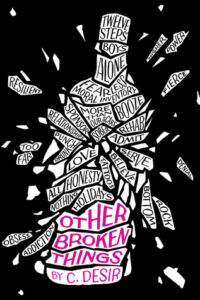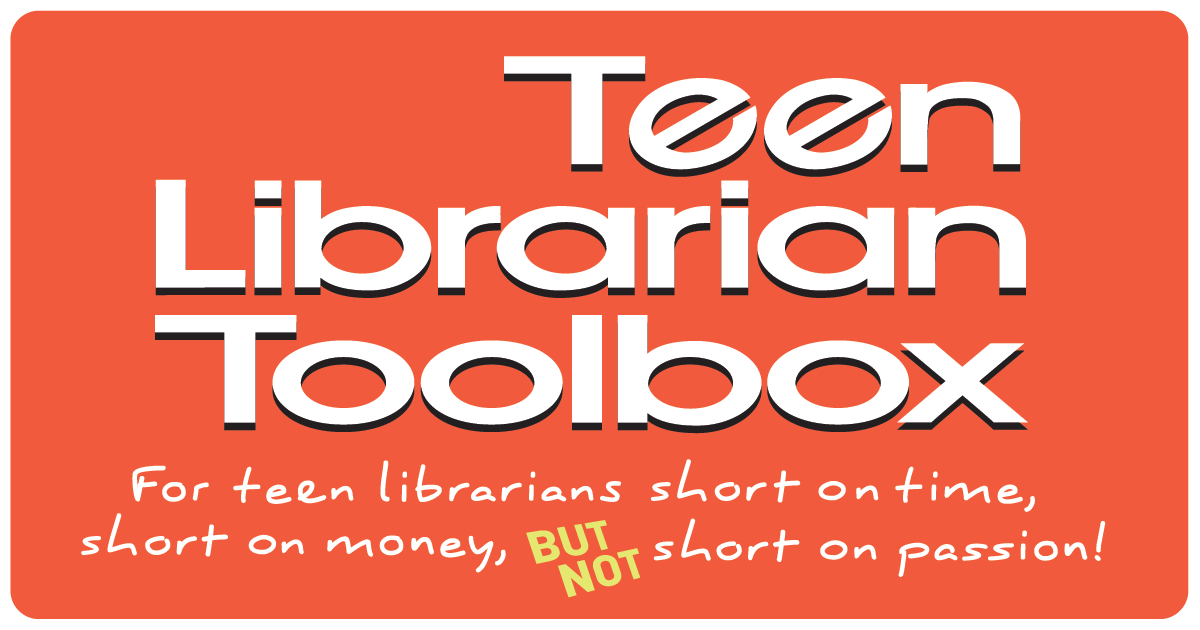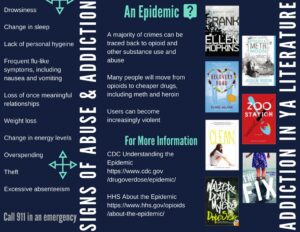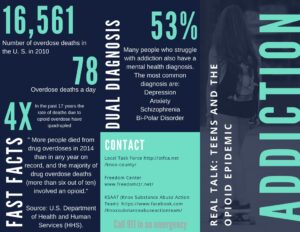Sunday Reflections: When the Opioid Crisis Hits the Library
Like many libraries across the country, we talk frequently at mine about the opioid crisis happening across the U.S. and in our local communities. We have had a couple of people OD in our library and we have had to call the squad, but not nearly as much as other libraries have. We have also had to call the police for suspected dealing.

As a librarian, I have been trying to use my research ninja skills to find some concrete statistics about how bad, exactly, the epidemic is, but good stats are surprisingly hard to find. A law enforcement officer in another Ohio community I used to live said that community has about 10 overdoses (without death) a day. I hear the one I work in has one a day. Several counties in Ohio have high national ranking for how bad the crisis is in that area.
ADVERTISEMENT
ADVERTISEMENT
Opioid Epidemic: A State by State Look at a National Crisis
Opioid Addiction 2016 Facts & Figures – American Society of Addiction
About the Epidemic | HHS.gov
Understanding the Epidemic | Drug Overdose | CDC Injury Center
Responding to the Opioid Morbidity and Mortality Crisis – FDA
Ohio has also been in the news as many communities wrestle with how to respond to the crisis. A local sheriff refuses to allow his men to carry and administer a life saving drug while in Philadelphia these librarians carry and administer that very same drug. Part of the debate surrounding who, if anyone, should be saved, is this idea that drug addiction is a moral personal failing as opposed to a disease. Whether or not you think we should work to save the lives of and treat or incarcerate the victims of overdoses depends on your view of what, exactly, addiction is and how it happens.
The Neurobiology of Opioid Dependence: Implications for Treatment
Big mystery: What causes addiction? | NBC News
Addiction vs Physical Dependence – Important distinction – NAABT
My community has put together a task force who recently did a series of community training sessions about the topic of the opioid crisis and its impact on our local community. While at this training I met the parents of a young man in his twenties who had died from an overdose. He was a college educated man who wore a suit every day to his very successful job. He looked nothing like the pictures of what an addict looks like that the officers were sharing and they were there in part to dispel that myth. As the opioid crisis worsens, our understanding of seems to shift.
At the training I learned a variety of equally horrifying and interesting facts. Much of the drug trafficking in our community occurs via bicycle because it is easier to evade the police. Some drugs are made in Gatorade and water bottles which can explode if touched so we should teach our children not to be good environmental citizens and pick up said bottles to place them in the trash but to avoid them and call the police, just in case. Something like 95% of all local crime can be linked back to the opioid epidemic as people become violent, or engage in various petty crimes to steal money to fuel their addiction. This epidemic is severely impacting and taxing local communities at all levels, whether it be emergency responders or its impact on our children.
The opioid crisis is straining the nation’s foster-care systems
It’s important for us to remember that there are real people being impacted by the opioid crisis. One of my regular teens recently shared that she watched her mother overdose on the front lawn. She called for help and her mother was then in a treatment center. This was my teen, a girl I have watched grow up, sharing this heartbreaking story of watching her mother overdose on the lawn.

We talk frequently about the best policies and procedures going forward for our library in the midst of this epidemic. A library I worked at previously recently put in a sharps disposal box in the restrooms as an employee had been stabbed by a needle and they wanted to prevent it from happening in the future. We have discussed things likes narcan (we do not have this on hand primarily due to cost and concerns about life saving responsibilities), when to call the police, how to respond if we see someone using or dealing, how to dispose of drugs we find left in the bathroom and more. It’s an ongoing discussion, and one I have never had in my twenty-three plus years of working in libraries. And yet here we are.
Like many libraries and many people, I find myself wrestling with this information on a daily basis. I certainly don’t have any answers, but I think we should be talking about it more. I can’t help but think of what happens to this generation of children moving forward. When we start using words like crisis and epidemic, it’s past time to start acting.
Filed under: #MHYALit
About Karen Jensen, MLS
Karen Jensen has been a Teen Services Librarian for almost 30 years. She created TLT in 2011 and is the co-editor of The Whole Library Handbook: Teen Services with Heather Booth (ALA Editions, 2014).
ADVERTISEMENT
ADVERTISEMENT
SLJ Blog Network
The Ultimate Children’s Book Illustrator Gift Guide 2024
MORE 2025 ALA YMA Predictions! American Indian Youth, Asian/Pacific American Awards, and Schneider Family
More Jackson’s Wilder Adventures Coming from Papercutz | News
The Seven Bills That Will Safeguard the Future of School Librarianship
ADVERTISEMENT











What an informative and thoughtful article. How sad that it needs to be written.
I was horrified to hear that some school libraries were soft-censoring Kate Messner’s The Seventh Wish, a MG novel in which the protagonist’s older sister has an opioid addiction. Like if we don’t talk about it, it won’t exist?
There have been a few articles in The Washington Post in the past couple years pointing out that states with legal marijuana have much lower rates of opioid addiction than other states.